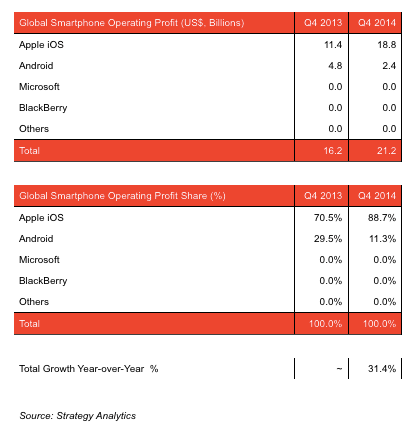Sony has revealed the Xperia Z4, its latest flagship smartphone, today. The device was made public in an announcement in Japanese, and, at this point, there is neither an international launch date nor an accompanying ‘Compact’ version.
The Xperia Z4 is much like its Z3 predecessor, with the same 5.2-inch screen, a thinner 6.9mm form, and a Snapdragon 810 processor which clocks a more modest 2GHz but is eight-core and 64-bit. The rear-facing camera has the same eye-popping 20.7-megapixels, the front-facing camera has gotten a wide-angle lens, and elsewhere there’s 3GB of RAM under the hood and Android 5.0 Lollipop runs out of the box.
Sony is known for its water- and dust-resistant devices, and the Xperia Z4 also delivers on that front. (That’s of note for any Samsung customers frustrated that the new Galaxy S6 and S6 Edge are not water-resistant.)
Sony had been rumored to be considering an exit from the smartphone space, though its latest restructuring didn’t see that eventuality realized it remains a possibility in the future. The Xperia Z4 is another iterative product and, while the Xperia Z3 received positive reviews, it didn’t sell particularly well, which makes it hard to see how sticking to the same recipe will dig the company out of its rut on mobile.
But, if you’re an Xperia fan, stay tuned for details of the Z4’s international launch, which will come sooner rather than later now that the cat is out of the bag in Japan

